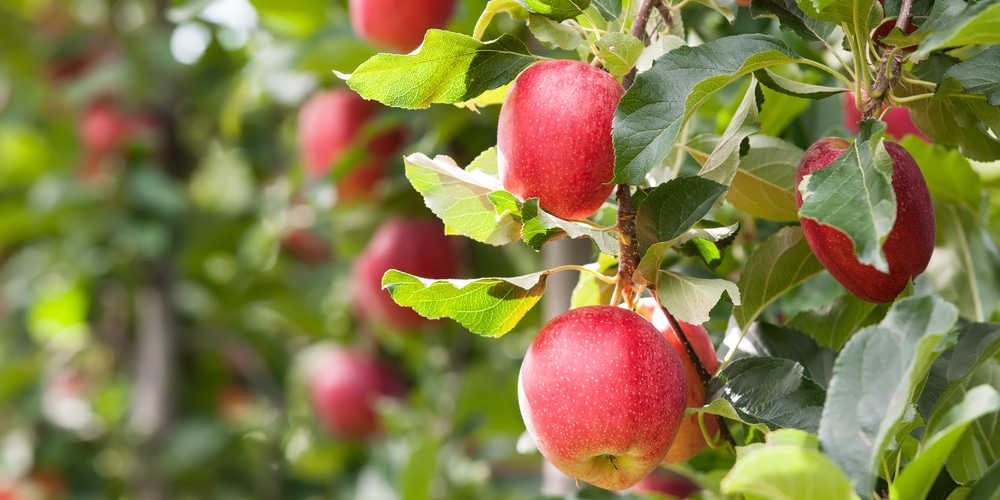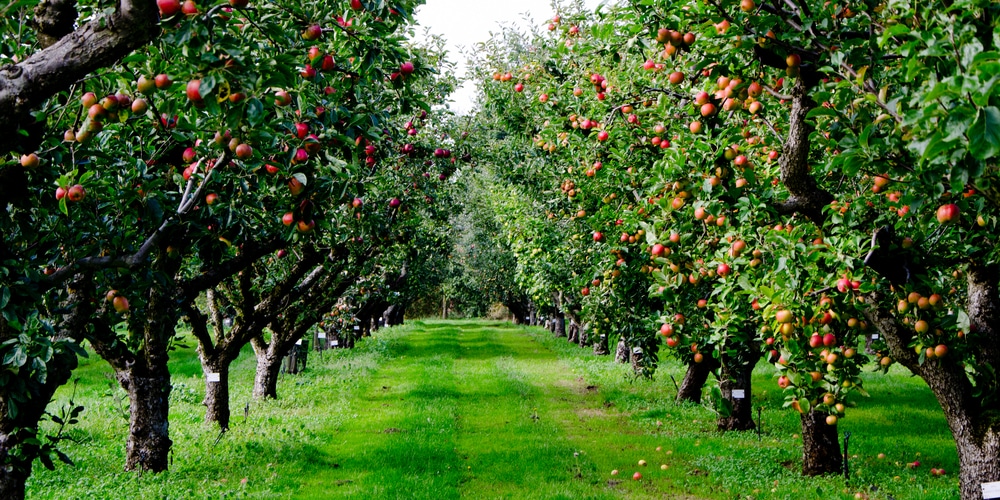Who doesn’t like eating freshly picked fruits from a tree? If you know how that feels, you know how satisfying the experience is. Imagine having a constant supply of your favorite fruits in your garden. How awesome would that be?
The good news is that with adequate space, care, and weather conditions, you can grow fruit trees in your yard. All you have to do is pick a variety suitable for your hardiness zone and take good care of it.
Quick Answer:
The rule of thumb is to prune your fruit trees over the winter when they are still dormant.

If you like apples, don’t worry. Apple trees are relatively easy to grow, especially in Washington state, where cold winters, wet springs, and arid summers provide all the conditions you need to get healthy and juicy apples.
But there is nothing like “one” apple tree. Indeed, these delicious fruits come in different varieties, each with basic requirements that differ from one another. So, before deciding to plant an apple tree in your yard, you must ensure it will thrive in the Washington state climate.
The good news is that you have a wide selection in front of you. Indeed, this state produces more than half of the United States’ apples. Its coastal and arid climate is ideal for most apple varieties.
But besides selecting the proper type of apple for your garden, you must also pay attention to when to prune apple trees in Washington state. Carrying out this crucial process will help you grow healthy plants that produce plenty of apples. To learn more about what you should know about growing apple trees in Washington state, keep reading this essential guide we put together for you.
When to Prune Apple Trees in Washington State
The rule of thumb is to prune your fruit trees over the winter when they are still dormant. Avoid summer pruning to prevent exposing your apple tree to severe diseases and make it vulnerable to attacks from harmful pests.
Also, don’t head the shoots: thin them out instead. Prune your apple tree any time between mid-December to April for best results. Remember that deep freeze after pruning can severely damage your tree: always check your local weather before getting out your pruners.
Pruning is crucial because it maintains your tree healthily: by removing dead branches and giving a shape to your apple plant, you will allow for light to shade into the center of the tree, which, in turn, will strengthen fruit production. The process involves cutting out complete branches (thinning) or removing ends (heading). Either way, avoid overdoing it: you might cause too much stress to your tree.
What Varieties of Apple Trees Should You Plant in Washington State
Luckily for you, Washington state climate is perfect for almost any apple variety. Don’t forget to apply regular spray and pesticides because apple trees are susceptible to pests and diseases. Here we included some types of apples that will provide you with excellent results in Washington state.
Red Delicious
A Red Delicious apple tree produces medium-sized fruits that are tender and juicy. The tree is relatively easy to grow and, under optimal conditions, will increase its height at a rate of about 24 inches per year. Place it somewhere it will get at least six hours of direct sunlight to get the best results and incredibly voluminous yields.
Pink Lady
The Pink Lady apple tree is perfect for Washington. While you can find pink lady apples in almost any supermarket, the taste of home-grown fruits doesn’t compare to anything. If you like your apples crunchy, sweet, and tart, don’t think twice about planting this variety in your garden. However, you must have space in your yard for them to thrive. These plants need cross-pollination, so you will have to plant at least another apple tree to get satisfying yields.
Granny Smith
Granny Smith is a versatile variety of apples that performs well in almost any climate. Plus, its production levels are high: if you like the idea of getting many fruits from your tree, consider planting a Granny Smith.
These plants are self-pollinating, meaning you won’t need to add another variety of apple trees. Still, you might want to add companion plants to attract even more pollinators. All of your plants will benefit from that activity. Plus, it will improve your garden’s looks.
Related Article: Zone 7b Fruit Trees the Essential Guide
